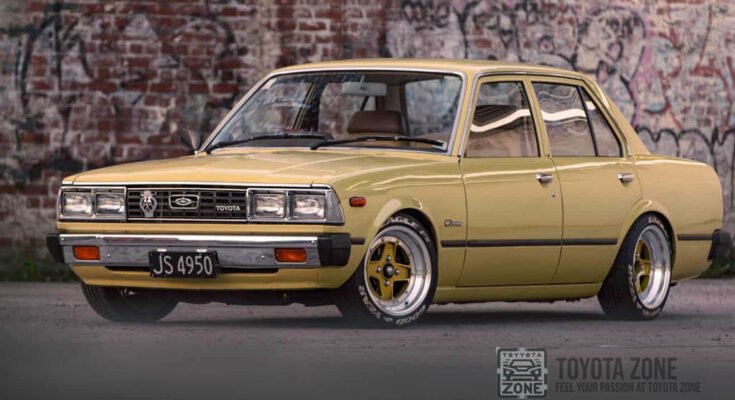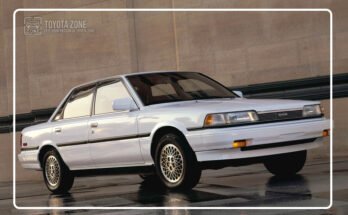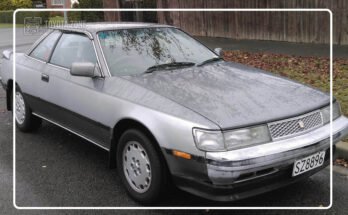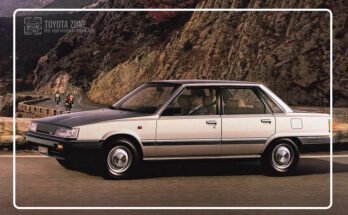Introduction
The Toyota Corona is a classic icon that helped shape the global image of Toyota as a brand synonymous with reliability and quality. Launched in 1957, the Corona quickly became a favorite among families and car enthusiasts alike, offering a perfect balance of durability, comfort, and affordability. Over its 44-year run, this versatile sedan adapted to the changing times, from the sleek, compact designs of the 1960s to the more modern, feature-packed models of the 1990s. Its legacy endures as a symbol of Toyota’s commitment to building cars that stand the test of time, making the Toyota Corona a beloved piece of automotive history.
History
Early Generations (1957-1970s)
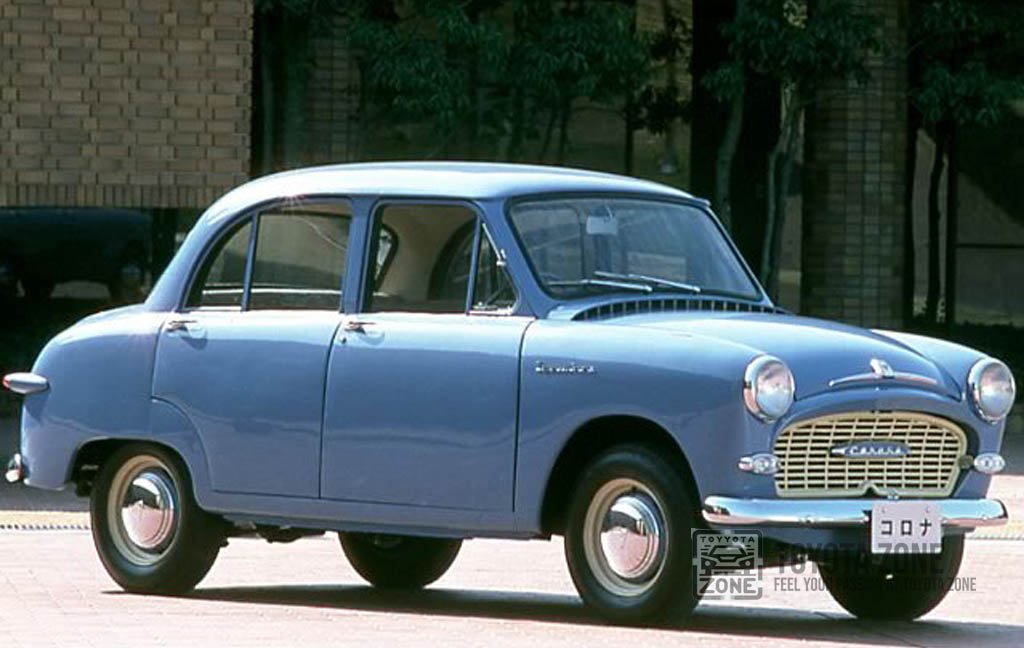
The first-generation Toyota Corona, introduced in 1957, was a small family sedan. As it evolved through the 1960s, it became popular for its simplicity and reliability.
By the 1960s, the Corona had grown slightly larger, offering more comfort and better engine options. It played a crucial role in Toyota’s efforts to expand into international markets, including the United States.
Middle Generations (1970s-1980s)
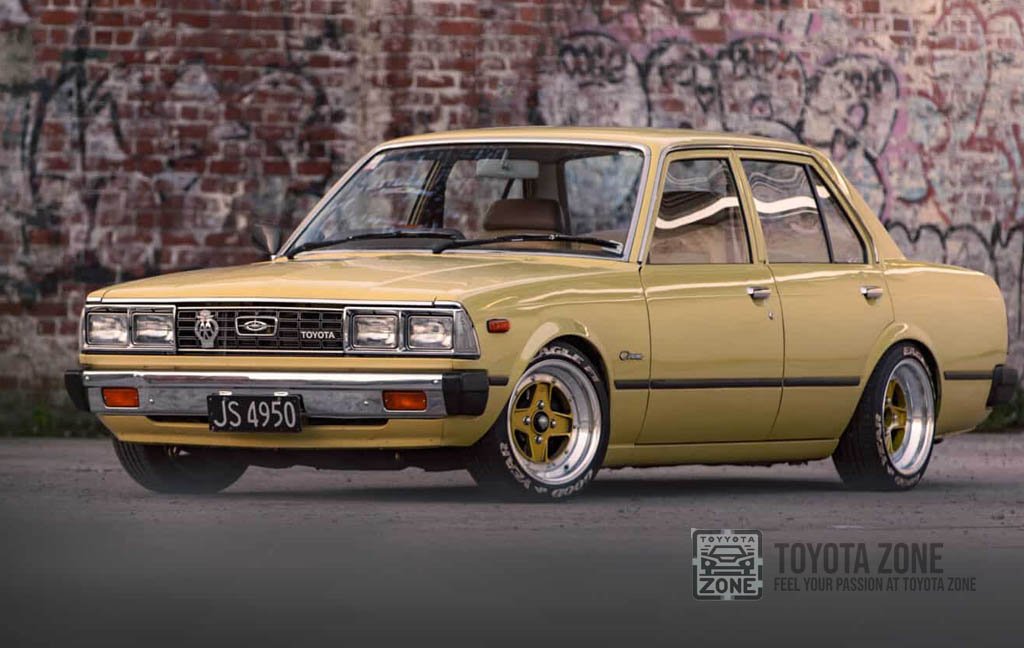
During the 1970s and 1980s, the Corona transitioned to become more of a mid-size vehicle. The car adapted to changing market demands, with improvements in fuel efficiency and emissions, particularly important during the oil crisis.
The 1970s models, like the RT80 series, featured a more boxy design, while later versions moved toward a more streamlined look.
It also introduced advanced features for its time, like electronic fuel injection in some markets.
Later Generations (1980s-2001)
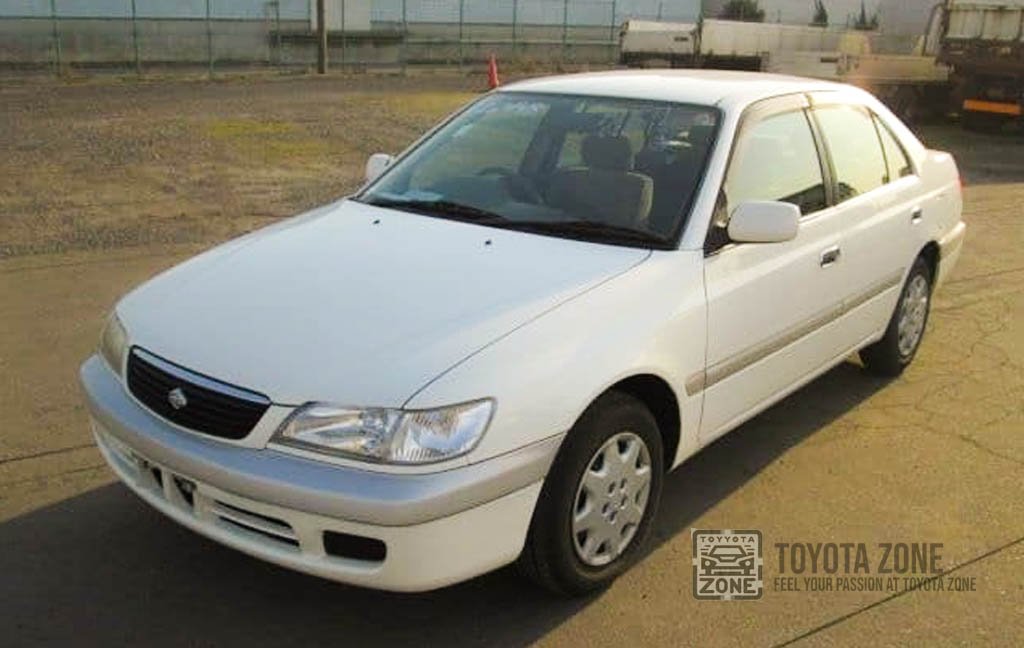
The seventh generation (1982–1987) brought a front-wheel-drive layout, marking a significant change in the model’s engineering. This generation featured a mix of four-door sedans, station wagons, and even a five-door lift back.
The final generation of the Corona (1996–2001) was mostly sold in Japan and select markets. By this time, the Toyota Camry had taken over as Toyota’s flagship mid-size sedan in many international markets, leading to the phase-out of the Corona.
Specifications
Body Styles
- Available as a 4-door sedan, 5-door lift back, and 4-door station wagon.
- The boxy design featured straight lines and a traditional, straightforward look, making it distinctive for its era.
Engine Options
1.6L 12R SOHC I4
- Power: Around 75-80 hp.
- Carburetor inline-4 engine, known for its simplicity and durability.
1.8L 3T SOHC I4
- Power: Around 95-100 hp.
- Offered more power and torque for improved performance over the 1.6L variant.
2.0L 18R-G DOHC I4
- Power: Approximately 120-135 hp (in higher-spec versions).
- This twin-cam engine was available in sportier trims, providing better performance.
- Diesel option: 2.2L L-series Diesel I4: Known for fuel efficiency, producing around 65 hp.
Transmission
- 4-speed manual transmission (standard).
- 5-speed manual transmission (optional).
- 3-speed automatic transmission (optional for those looking for a more relaxed driving experience).
Drive Layout
- Rear-wheel drive (RWD), which was typical for the time and provided a balanced driving feel.
Suspension:
- Front: Independent strut suspension.
- Rear: Solid axle with leaf springs or coil springs, depending on the market and model variation.
Brakes:
- Front disc brakes and rear drum brakes, offering adequate braking performance for the time.
Features
Interior Comfort
- Basic yet functional interior design, with durable materials that stood up to wear.
- Available with cloth or vinyl seating options.
- Adjustable seats and headrests provided a decent level of comfort for long drives.
- Air conditioning was available as an option in higher trims, making it suitable for warmer climates.
- AM/FM radio or cassette player, depending on the trim level, for entertainment.
Exterior Features
- Classic rectangular headlights and a simple chrome grille, in line with the boxy aesthetic of the era.
- Alloy wheels or steel wheels with hubcaps, depending on the trim level.
- Some models included chrome trim around windows and bumpers, adding a touch of elegance to the exterior.
Fuel Economy
- Known for its efficiency, especially with the smaller engines and diesel option.
- Average fuel consumption was around 25-30 miles per gallon (mpg) for the gasoline engines, with the diesel option offering even better mileage.
Safety Features
- Basic safety features typical for the time, including seat belts for all passengers.
- The solid construction and reliable build were among the Corona’s main selling points, though it lacked modern safety equipment like airbags or ABS.
The 1980 Toyota Corona’s blend of dependable engineering, simple yet comfortable interior, and efficient power trains made it a practical choice for many drivers around the world. It served as a reliable daily driver that could handle long distances and tough conditions without breaking the bank, earning it a loyal following that persists even today among classic car enthusiasts.
Source Wiki

